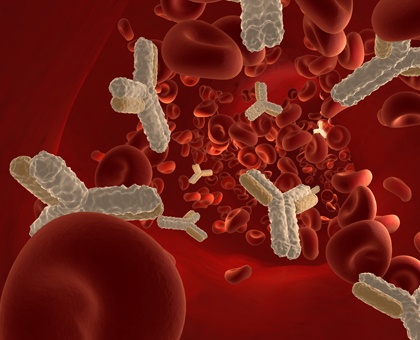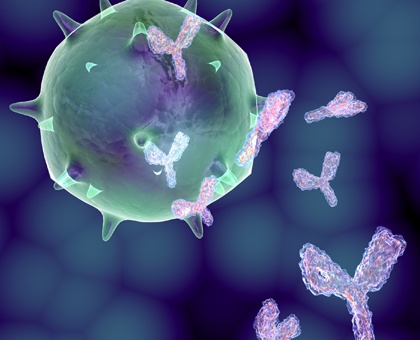When it comes to labeling your antibodies for downstream application requiring signal detection, you have two choices. You can either go for the direct approach or the indirect approach. How do you know which method to use? Here are some things you need to know to make sure you pick the right method for the intended application.
Topics: Antibody Production, Protein Labeling
Remove BSA & Gelatin from Antibody Solutions for Antibody Labeling
Purified and commercial antibodies are routinely stored in buffers that contain the proteins bovine serum albumin (BSA) and gelatin as these act as stabilizers during long term storage. The presence of 0.2-1% (2-10mg/ml) BSA and/or gelatin help to stabilize antibody solutions that are less than 1mg/ml during long term storage. For the majority of immunodetection techniques (ELISA, Western blotting, immunoprecipitation) the presence of the stabilizers do not interfere with these immunodetection techniques and can be used without clean up.
Topics: Antibody Production
Polyclonal Antibody Advantage for Antigen and Epitope Polymorphism
Monoclonal antibodies are often marketed as being superior to polyclonal antibodies. While this might be the case in many applications, this is not necessarily always true. In order to understand what type of antibody is best suited for a particular application, one needs to understand how they are generated.
Topics: Antibody Production
Polyclonal Antibody: Advantage over Monoclonals?
Polyclonal antibodies are groups of antibodies that are able to identify many different epitopes of a particular antigen. The antibodies are derived from a selection of B cells, each one recognizing one particular epitope. A monoclonal antibody has one single source. Polyclonal antibodies are easy to store, bind much more quickly to the antigen in question, and provide more powerful protection when it comes to identifying and dealing with specific epitopes.
Topics: Antibody Production







